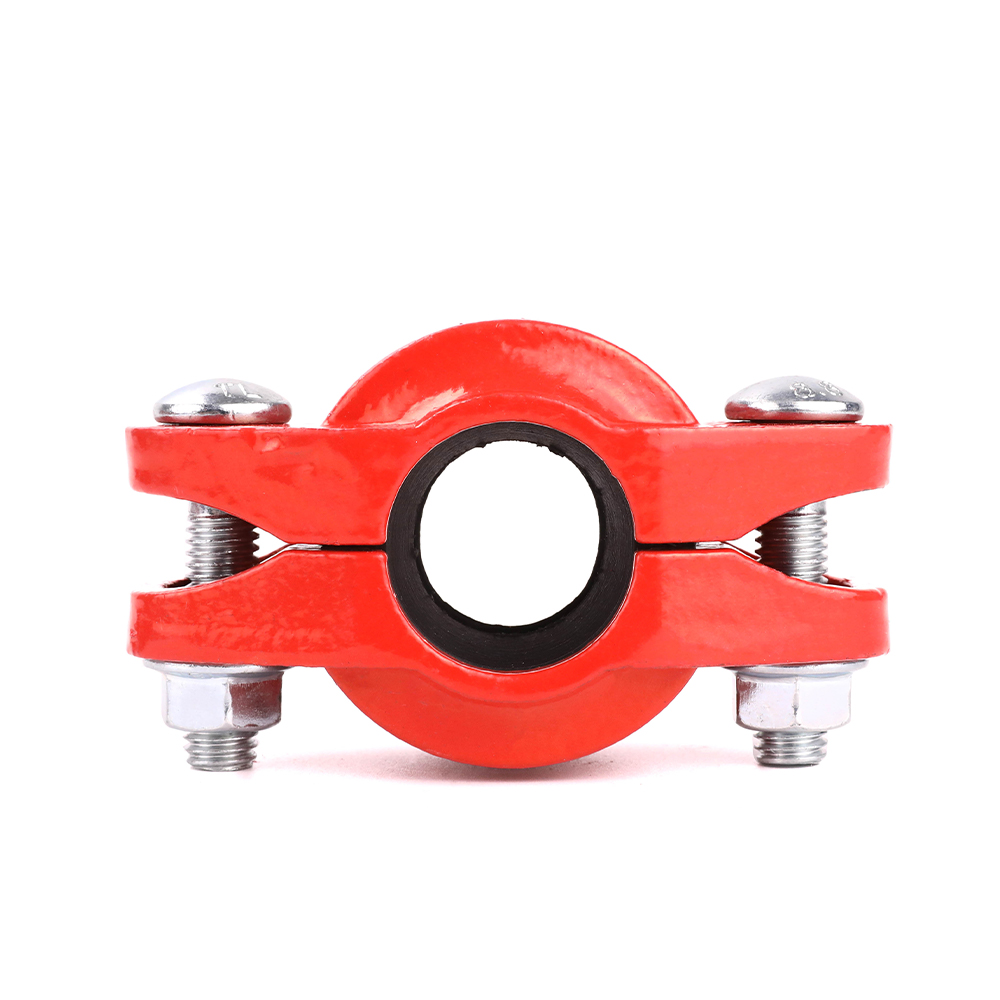Shandong Zhihua Pipe Industry Co., Ltd.
Overview:
Grooved pipe fitting have become an indispensable part of piping and fitting systems. These fittings are known for their versatility, ease of installation, and reliability in connecting pipes. Whether you're an experienced professional or a DIY enthusiast, understanding grooved pipe fittings is invaluable for various applications. In this comprehensive guide, we will delve into everything you need to know about grooved pipe fittings, from their history to their applications and advantages.
The concept of grooved pipe fittings dates back to the early 20th century, when Captain Ernest Tribe, an engineer with the British Royal Navy, developed the first grooved fitting. His invention aimed to simplify and speed up the pipe connection process, especially in shipbuilding. Over the years, this design has evolved and found its way into various industries, including fire protection, HVAC, and plumbing.
How Do Grooved Pipe Fittings Work?
The core functionality of grooved pipe fittings lies in the groove itself. Pipes are prepared by grooving, which involves cutting a groove at the end of the pipe. The groove is usually semi-circular or U-shaped. Then, a gasket is installed at the grooved end of the pipe, and a grooved fitting is inserted. The coupling housing, typically made of ductile iron or other durable materials, is secured around the fitting with bolts and nuts. This compresses the gasket, forming a tight seal and effectively connecting the pipes.
What Types of Grooved fittings Are There?
Grooved fittings come in various materials to suit different applications. Common materials include ductile iron, stainless steel, and aluminum. Each material has its unique properties, making it suitable for specific environments and industries.


Types of grooved pipe fittings include:
1. Couplings: Used to connect two grooved pipe ends. They come in rigid and flexible types, the latter allowing some degree of movement.
2. Elbows: Grooved elbows are used to change the direction of the piping. They come in different angles, like 45 and 90 degrees, to suit various layouts.
3. Tees: Tees are used to create branches in piping, allowing fluid to flow in multiple directions.
4. Reducers: Reducers are used for transitions between pipes of different sizes. They can be concentric (evenly reducing in diameter) or eccentric (one side remains on the same plane while reducing).
5. Adapters: Grooved adapters allow you to connect grooved piping to other types of pipes, such as threaded or welded pipes.
Advantages of Grooved fittings:
Grooved fittings have several advantages, making them widely adopted:
• Easy Installation: Compared to traditional welding or threading methods, installing grooved pipe fittings is significantly faster and more straightforward. This reduces labor costs and downtime.
• Flexibility: Grooved pipes and fittings can accommodate thermal expansion and contraction, making them suitable for applications where pipes might expand and contract due to temperature changes.
• Reliability: If installed correctly, grooved fittings provide a sealed and durable connection. They are also vibration resistant, which is crucial in some industrial environments.
• Versatility: Grooved fittings can be used with various piping materials, including steel, stainless steel, copper, and plastic. This versatility makes them suitable for a wide range of applications.
Applications of Grooved Pipe Fittings:
1. Fire Protection: Grooved fittings are commonly used in fire protection systems to connect sprinklers. Their reliability and ease of installation are crucial in emergencies.
2. HVAC Systems: Heating, ventilation, and air conditioning systems often use grooved fittings for ease of installation and flexibility.
3. Mining and Industry: In robust and harsh environments, grooved fittings provide a reliable solution for transporting fluids and materials.
4. Commercial Buildings: Grooved fittings are often used in commercial buildings for plumbing, water distribution, and heating systems.
Conclusion:
Since the early 20th century, grooved fittings have come a long way. With their ease of installation, versatility, and reliability, they have revolutionized the piping industry. Whether working on fire protection systems, HVAC installations, or industrial projects, understanding grooved fittings is crucial for a successful and efficient piping system. By sourcing these from reliable suppliers, one can easily maximize their effectiveness."


 English
English
 Español
Español











